10 Things You Can Do In Palembang, Indonesia

At first glance, Palembang looks like any other Indonesian provincial capital – meandering streets burdened by cars, motorcycles and angkot, dusty blocks of shop lots pockmarked with shiny new malls, and rows of street stalls coughing up plates of local favorite pempek.
Unlike some other cities that just comes at you hard and fast, Palembang took its own time to unravel its self.
The Ampera Bridge is an important focal point for the city’s attractions but to get a good grasp about Palembang and its people, I spent the best part of three days criss-crossing the Musi River, gathering tales of its glorious past, bustling present and exciting future.
Here are 10 things you can do in Palembang.
1. Walk Through Palembang’s History at Balaputra Dewa Museum
Balaputra Dewa Museum is the perfect start to learn about Palembang’s history.
This museum hosts a collection of artifacts starting with the mysterious megaliths of Pagaralam before delving into Sriwijaya, one of the greatest maritime empires in Southeast Asia. This Buddhist kingdom was founded in the seventh century and lasted almost 600 years, reaching as far as central Java and southern Thailand.
Sriwijaya’s discovery is owed to the unearthing of prasasti stone inscriptions and Hindu-Buddhist sculptures in nearby Bukit Siguntang. The inscriptions are written in Pallavan and Old Malay expounding stories of Sriwijaya’s founding and the king’s decree on his subjects.
The rest of the gallery showcased Palembang’s history from the Dutch era to independence but the star of the show is Rumah Limas, a traditional stilted house immortalized in the 10,000 Rupiah note. This original is one of the last remaining houses in Southern Sumatera and at 300 years old, it was remarkably built without using a single nail.
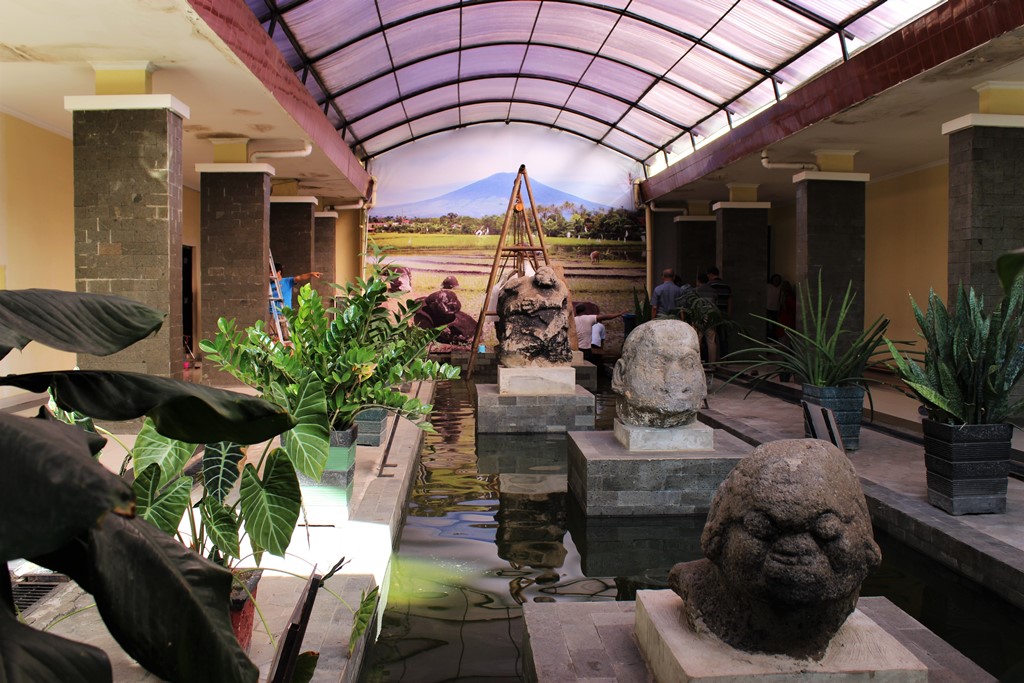
Museum Balaputra Dewa
Entrance Fee: Rp. 2,000
Tel: +62711412636 | Google Maps
8:00 a.m. – 4:00 p.m, Daily except Mondays
2. Shop Palembang’s Intricate Batik and Songket
One of Sriwijaya’s greatest cultural remnants is songket, silk intricately hand-woven with gold or silver threads.
The development of songket in Palembang was due to Sriwijaya’s position as a trading hub where gold and silver were sourced across the islands while silk arrived from China and India. Songket is still worn today in the form of dress, sarong and headgear with predominantly geometric and floral designs.
The first stop in our tour de songket is at Tangga Buntung, a well-known songket village south of the city center. We spent a few hours at Fikri Koleksi and Zainal Songket, two boutiques with endless collections of middle to high-range songket and contemporary batik shirts of which I snared a few.
We then went to Pasar Kito behind Ramayana Department Store which has a bazaar feel to it – crammed shops, narrow alleyways and obligatory haggling. While my wife splurged on beautiful songket purses, I got our little one a tanjak and myself a kopiah resam, a headgear hand-woven from the stalk of the False Staghorn Fern.
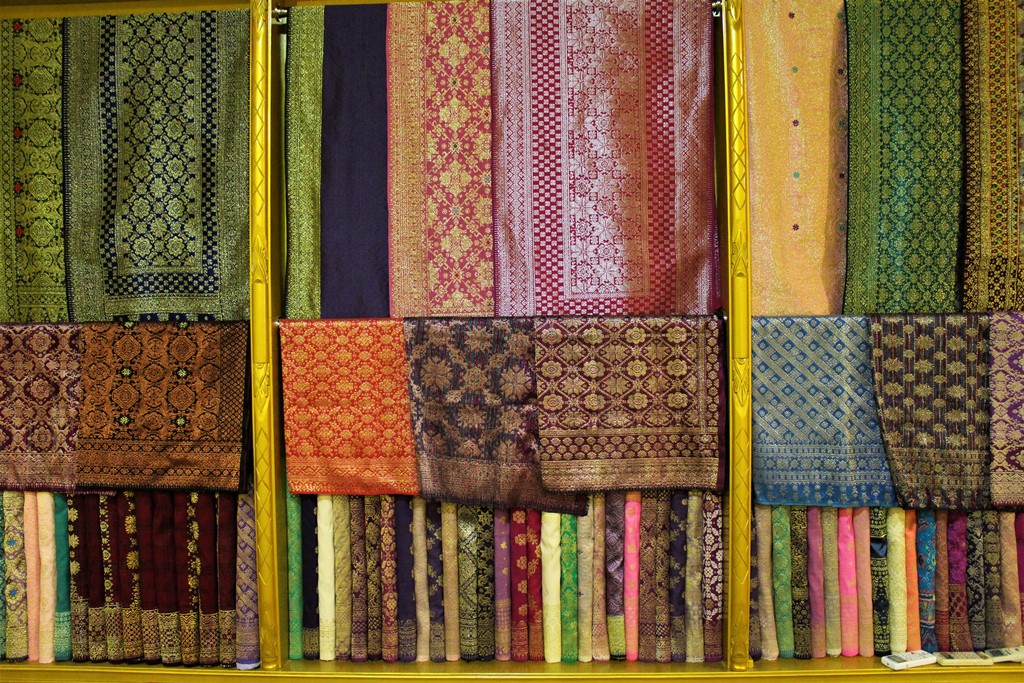
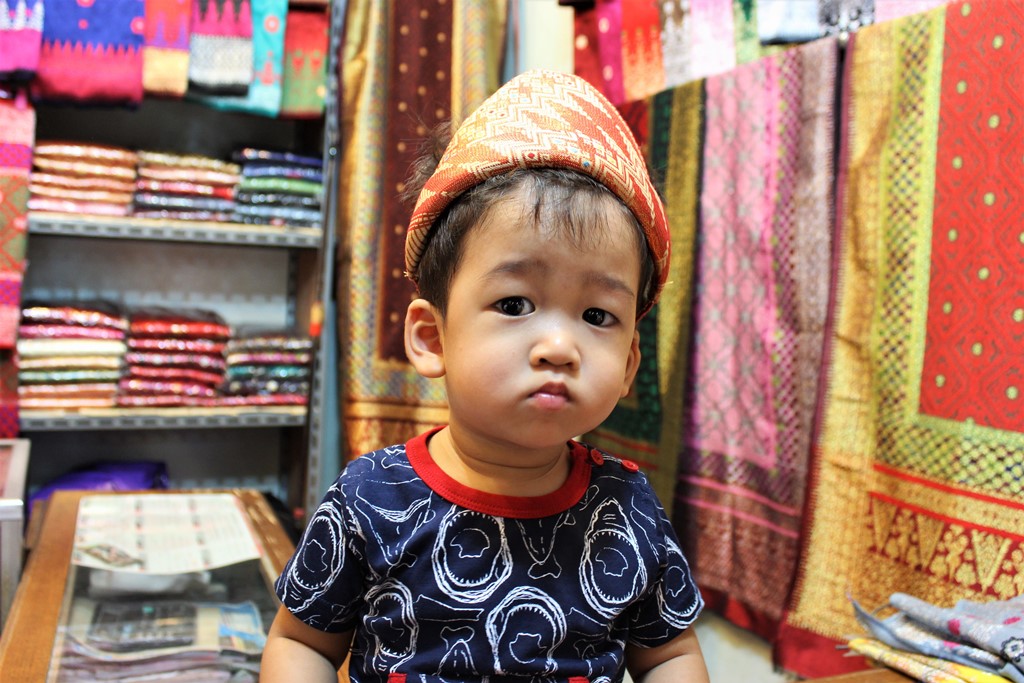
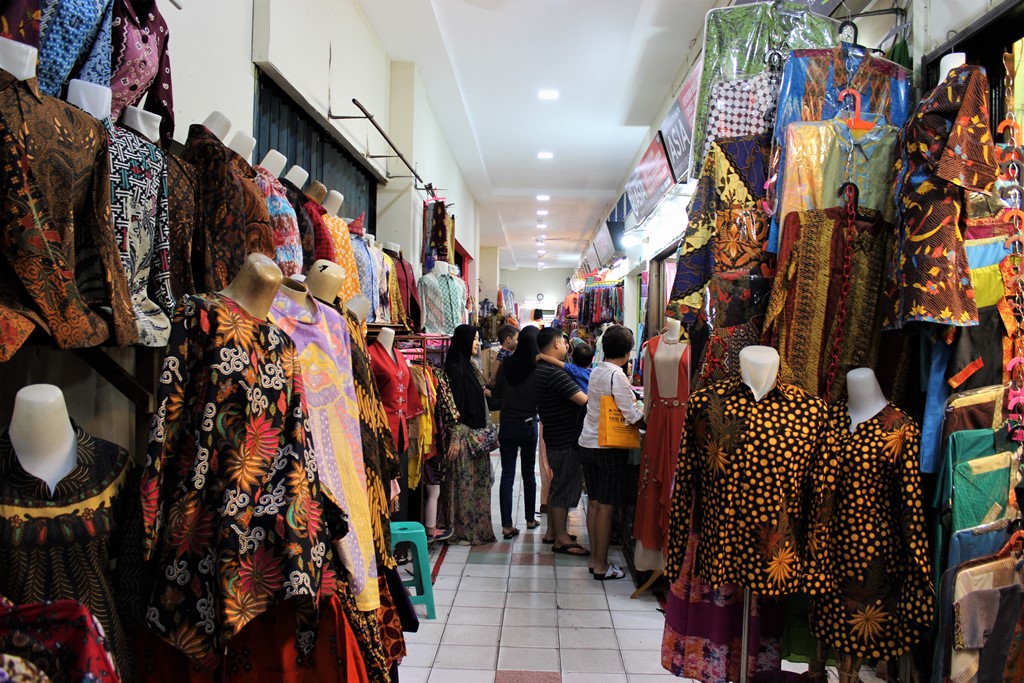
Fikri Koleksi
Tel: +62711379590 | Website | Google Maps
7:00 am – 8:00 pm, Daily
Zainal Songket
Tel: +62711370284 | Website | Google Maps
10:00 am – 10:00 pm, Daily
Pasar Kito
Google Maps
9:00 am – 5:00 pm, Daily
3. Visit the Grand Masjid Agung Palembang
Masjid Agung is the largest mosque in Southern Sumatera with a capacity of 9,000 worshipers. It was built in 1748 during the reign of Sultan Mahmud Badaruddin I and has undergone many extensions throughout the centuries, resulting in a mix of different architecture that does not seem out of sorts.
The main prayer hall is influenced by the Javanese multi-tiered roof with distinct limas curves along the ridges and corner. It is flanked by two minarets with contrasting features – the older pagoda-like tower has a strong Chinese influence while the newer one is much taller and slimmer, resembling Turkish minarets.
The main prayer hall’s interior has an absolutely lovely emerald green finishing on the columns and beams while the walls are graced with Islamic calligraphy etched in gold. A huge Persian-like chandelier hangs in the middle of the ceiling and upon looking up, I could see more calligraphy denoting the many characteristics of Allah S.W.T.
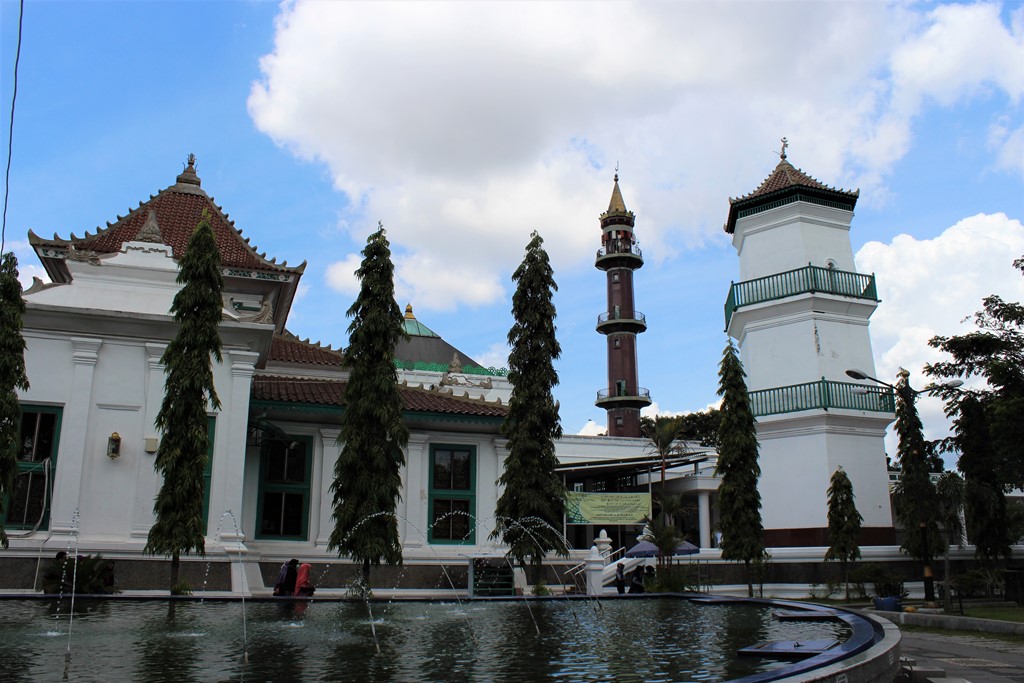
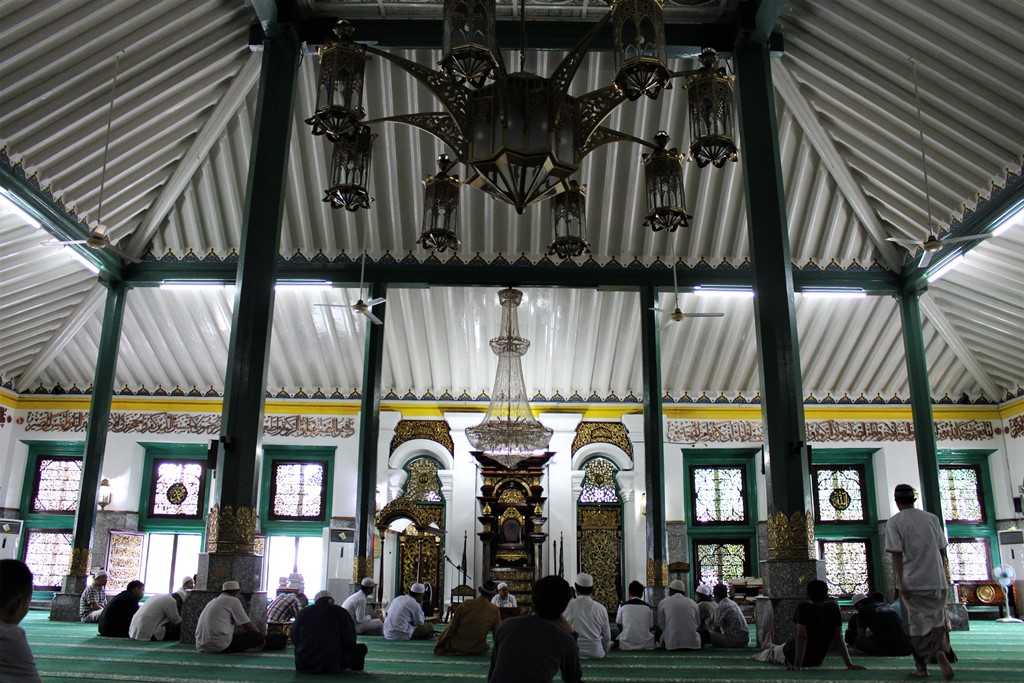
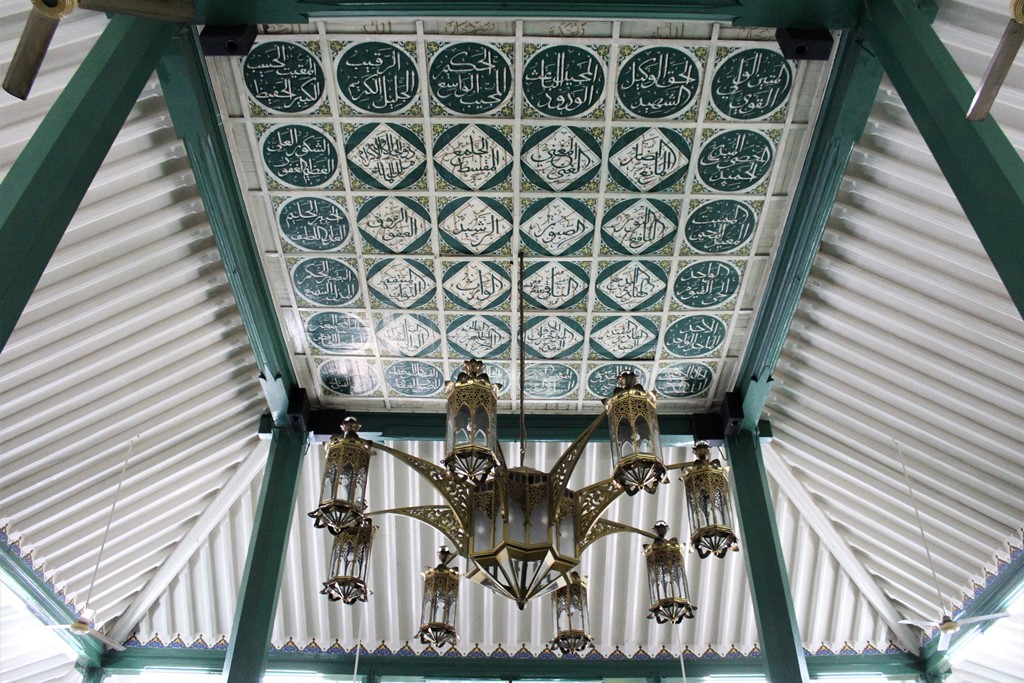
Masjid Agung Palembang
Google Maps
5:00 am – 10:00 pm, Daily except during prayer times
4. Go Crazy Over Palembang’s Cuisine, from Pempek to Pindang
Palembang’s most adored cuisine is derived from its subsistence from the Musi River – fish!
Pempek is savory fishcakes in all shapes and size made from sago flour and the boneless meat of tenggiri (Spanish Mackerel) or gabus (Snakehead). You can find pempek everywhere, from street side stalls to restaurants and it is best dipped in cuko, a spicy dark brown sauce of chili, vinegar and palm sugar.
Another Palembang specialty is pindang patin which is shark catfish boiled in a stew of chili, pineapple, tamarind and bay leaf among many other seasoning. The result is a rich sweet and sour broth so tasty you’d slurp on half the stew before attending to the fish!
Read Also: 5 Palate Pleasing Foods to Try in Palembang, Indonesia

5. Sweat Yourself Out at Jakabaring Sport City
So far, most of the attractions are located at Seberang Ilir but development is picking up fast on the other side of the river. A massive 25 km light rail transit is being built connecting the international airport all the way to Jakabaring Sport City, an integrated sports complex that will be one of two Indonesian cities hosting the 2018 Asian Games.
The imposing Gelora Sriwijaya greeted us upon entering the complex, the main stadium adorned with maroon songket panels along the outer walls. Jakabaring Sport City is great place to work out or just take a walk during evenings (there’s even a huge lake nearby) along with the locals who would descend upon the complex after work.
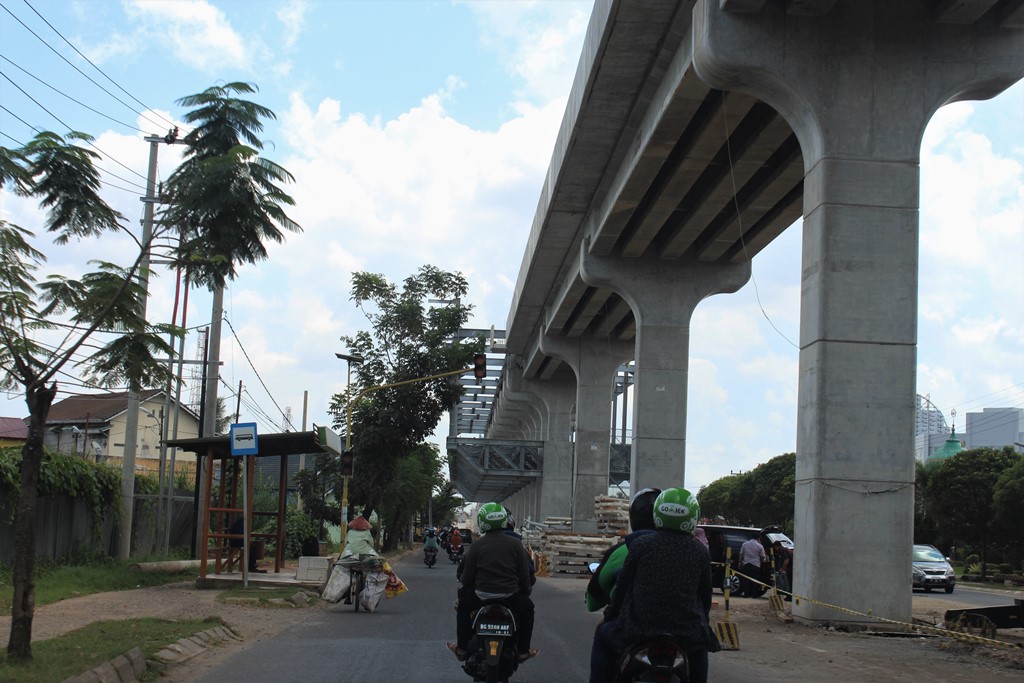
6. Witness the Monumental Al-Quran Al-Akbar
About 20 minutes from the city is the village of Gandus, known for having the largest Al-Quran wood carving in the world. This gigantic creation was the brainchild of Ustaz Syofwatillah Mohzaib, an Islamic calligraphist who got the idea while doing work at Masjid Agung Palembang.
It took his team of 17 craftsmen six years to carefully complete 630 panels of the holy book where the verses were etched in gold. All the panels were arranged over five floors and visitors could be up close with each “page” of the Al-Quran as they make their way through the labyrinth of surah.
It was truly a sight to behold seeing the Al-Quran in its full glory.
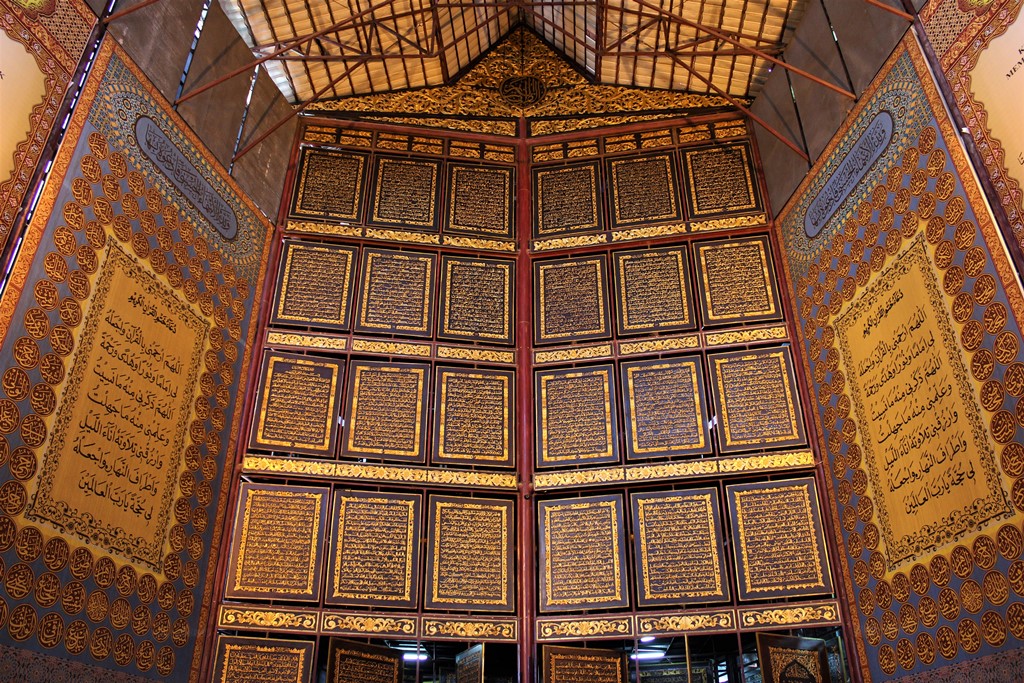
Al-Quran Al-Akbar
Entrance Fee: Rp. 5,000
Google Maps
8:00 am – 5:00 pm, Daily
7. Learn About “5 Days & 5 Nights Battle” at Monpera
Just across Masjid Agung is Monpera – an abbreviation of Monumen Perjuangan Rakyat or “The People’s Struggle Monument.” This Brutalist-like structure was built in 1988 to commemorate the 5 Days & 5 Nights Battle between the people of Palembang against the returning Dutch forces in 1947 after the end of World War II.
Monpera was designed to be 17 meters high over 8 floor and 45 stripes, commemorating the date of Indonesia’s independence – 17 August 1945. There’s a museum inside the monument with a historical collection of this famous spread over all eight floors and the rooftop is accessible to catch a unique bird’s eye view of Palembang.
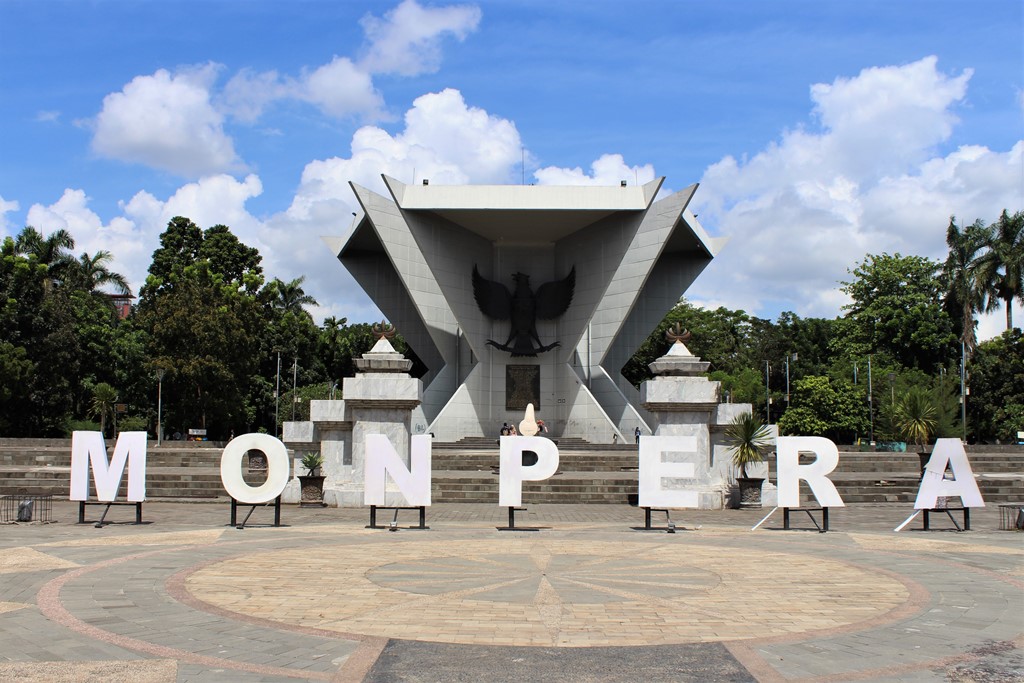
Monumen Perjuangan Rakyat
Entrance Fee: Rp. 2,000 students / Rp. 5,000 adults
Google Maps
8:00 am – 5:00 pm, Daily
8. Stroll Along Musi Riverfront & Iconic Jambatan Ampera
Right behind Monpera is the Ampera Bridge, spanning across the Musi River, where the bulk of activities take place.
Start at the multi-storey Pasar 16 Ilir, a massive market which sells all kinds of clothes, jewelry, souvenirs and songket at a cheaper price. Every item is open for haggling and if you could drive the price down amidst the unrelenting crowd and boiler room temperature, you’re nothing short of a winner.
Along the riverfront lies the resplendent Sultan Mahmud Badaruddin II Museum. Although not as big as Balaputra Dewa Museum, this Indies Empire Style building houses about 500 relics from the Palembang Sultanate, from gorgeous traditional textiles worn by the royalty to a gold-infused replica of the Sultan’s throne.
Once all the indoor walking is done, it’s time to admire the iconic Ampera Bridge.
The center span of this vertical-lift bridge could once be lifted to allow ships to pass through but nowadays it is mainly used by vehicles to connect Seberang Ulu and Seberang Ilir districts. Ampera Bridge’s recently became the main viewpoint for the massive total solar eclipse of 9 March 2016 where it was totally closed for traffic.

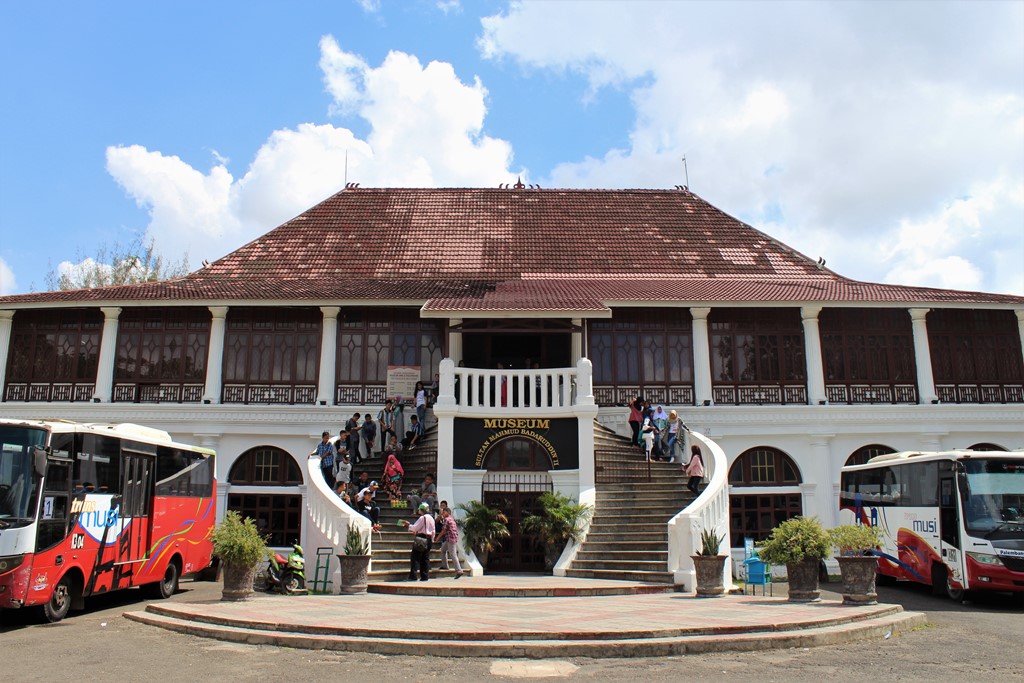
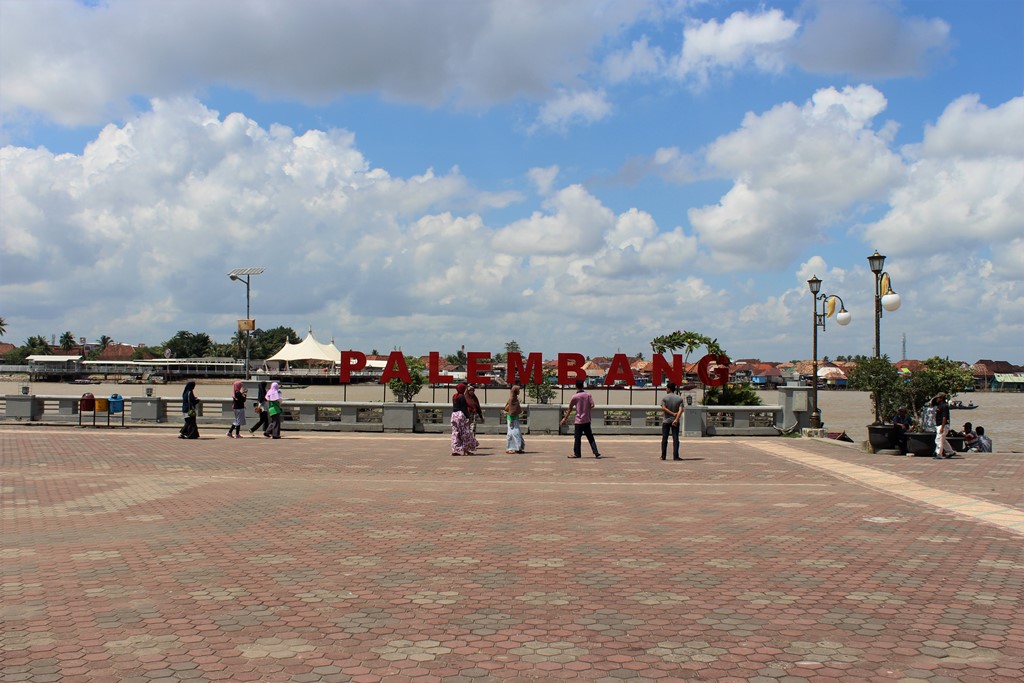
Museum Sultan Mahmud Badaruddin II
Entrance Fee: Rp. 2,000 students / Rp. 5,000 locals / Rp. 20,000 foreigners
Google Maps
8:00 am – 5:00 pm, Daily
9. Find Everlasting Love at Pulau Kemaro
A 15-minute speedboat ride downstream leads to Pulau Kemaro with its recognizable nine-level pagoda seen from a distance. The island is surrounded with a healthy amount of foliage and the first visible structure is the Hok Tjing Rio temple, where the tragic love story of a Chinese merchant and Palembang princess began.
Tan Bun An, while on a trading mission to Palembang, fell in love with Siti Fatimah and they were given blessings from the Sultan to consummate their relationship. On a return trip from China, they brought seven jars of gold and when Tan peeked into them, he was shocked to see the jars were filled with pickled vegetables.
So he threw the jars into the Musi River but when one jar broke on-board to reveal the gold hidden in it, he decided to jump into the river to retrieve them. When Tan did not submerge after a while, Siti Fatimah followed suit and both were never to be seen again.
In commemoration of this (Brave? Stupid?) act, the locals decided to build this temple together with a mausoleum on the island and the legend of Pulau Kemaro lives on until today.

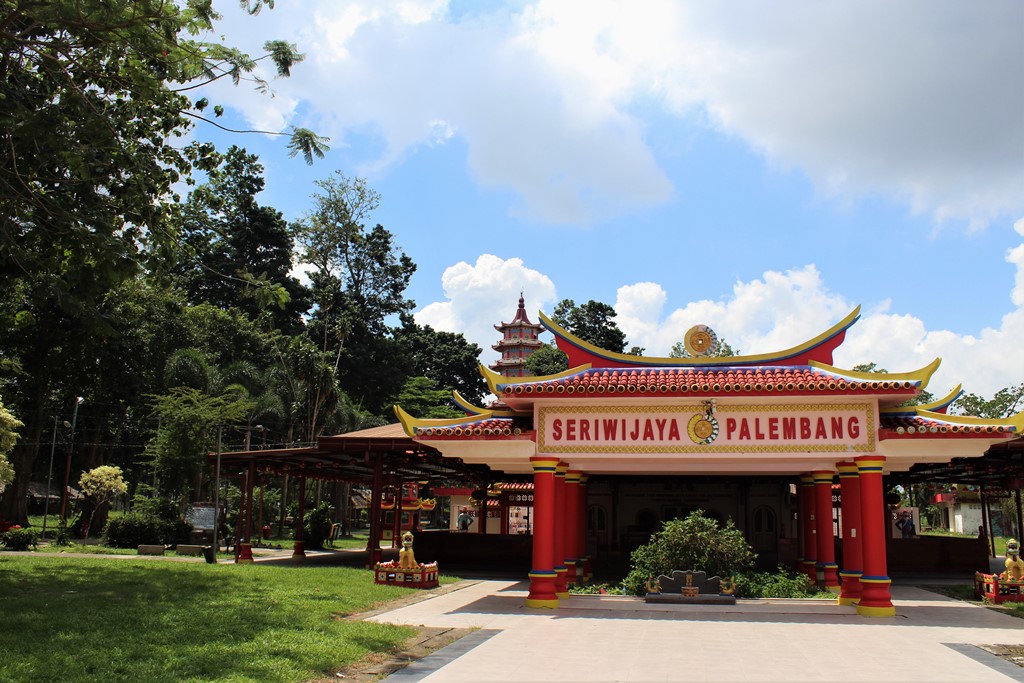
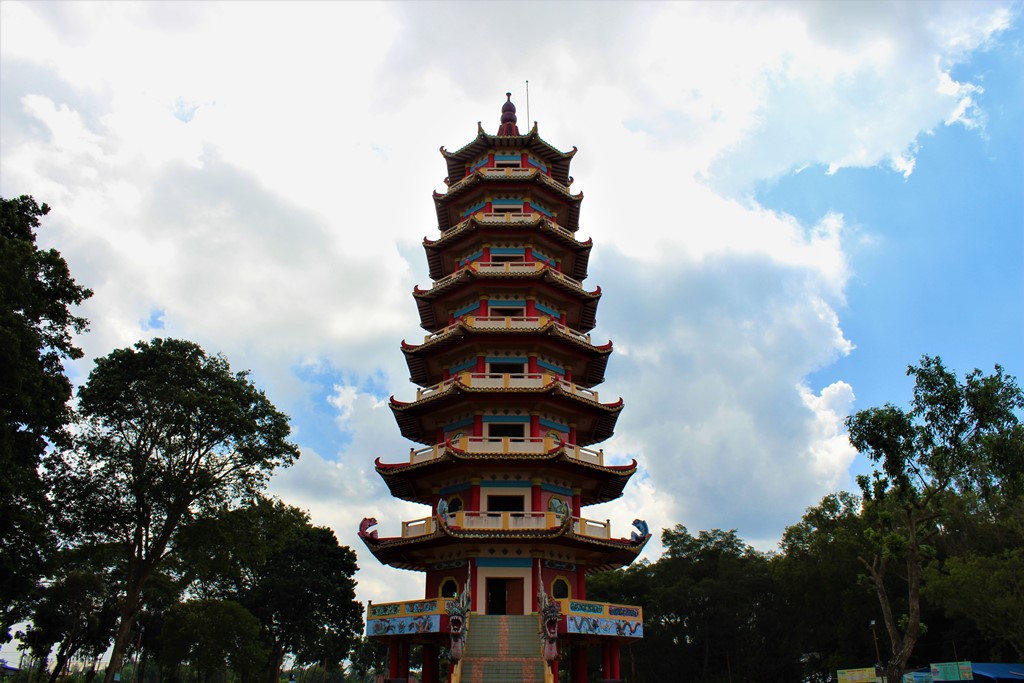
Pulau Kemaro
Entrance Fee: Free
Return Boat Fare: Rp. 200,000
Google Maps
Open 24 hours, Daily
10. Wander Around Quaint Kampung Al-Munawar
Kampung Al-Munawar, on the Seberang Ulu riverbank, is one of the city’s best-kept cultural heritage.
The village is inhabited by ethnic Arabs whose ancestors were traders who decided to make Palembang their home. Today, there are about over 60 families who are already into their eighth generation of the descendants of Abdurrahman Al-Munawar, the first head of this 300-year old community.
Kampung Al-Munawar is best explored from the Musi River. Hire a boat from Ampera Bridge to get to the village’s jetty and a row of pastel blue houses will greet you upon arrival. Drop by the first house just after the guard post to procure the famous Sendok Mas coffee, a rich and fragrant blend touted as an Al-Munawar specialty.
Take a left at the white-washed mosque and a street will take you to the village square. You’ll be spending the bulk of your time here snapping away photos of more pastel-colored shops and houses with their pretty porticoes, windows and iron-wrought railings.
Read Also: Colorful Kampung Al-Munawar In Palembang, Indonesia
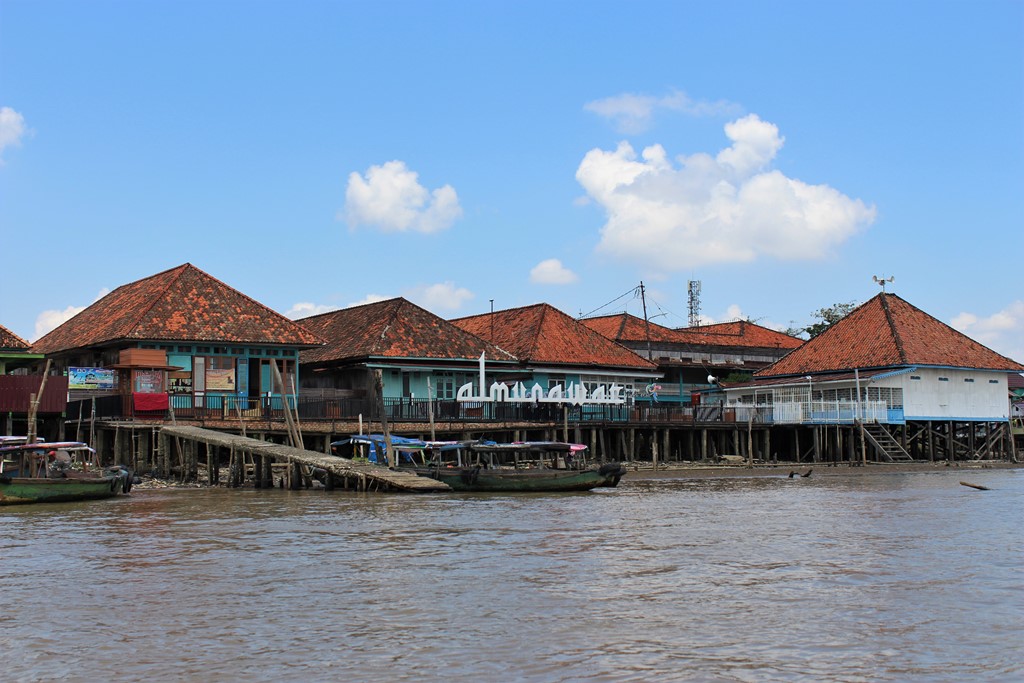


Kampung Al-Munawar
Entrance Fee: Rp. 3,000
Google Maps
8:00 am – 6:00 pm, Daily except Fridays
As I discover every nook and cranny of this Southern Sumatera city, I finally found its ethos – pride. Pride in its glorious past of kingdoms, sultanates and patriots; pride in its delicacy sustained from the many rivers that runs through it; and pride in its many ethnic groups who travel far and wide but made Palembang their home.
I would like extend my utmost appreciation to Haryadi Yansyah a.k.a. Om, a travel blogger and writer, whom I met on Twitter (yay!). He was kind enough to bring my family and me around Palembang and shared tips to make this blog post as wholesome as possible. If you’d like to read up about traveling especially in Indonesia, check out his blog at Omnduut.com.
Share it!
8 thoughts on “10 Things You Can Do In Palembang, Indonesia”
Leave a Reply to Danial Cancel reply
This site uses Akismet to reduce spam. Learn how your comment data is processed.
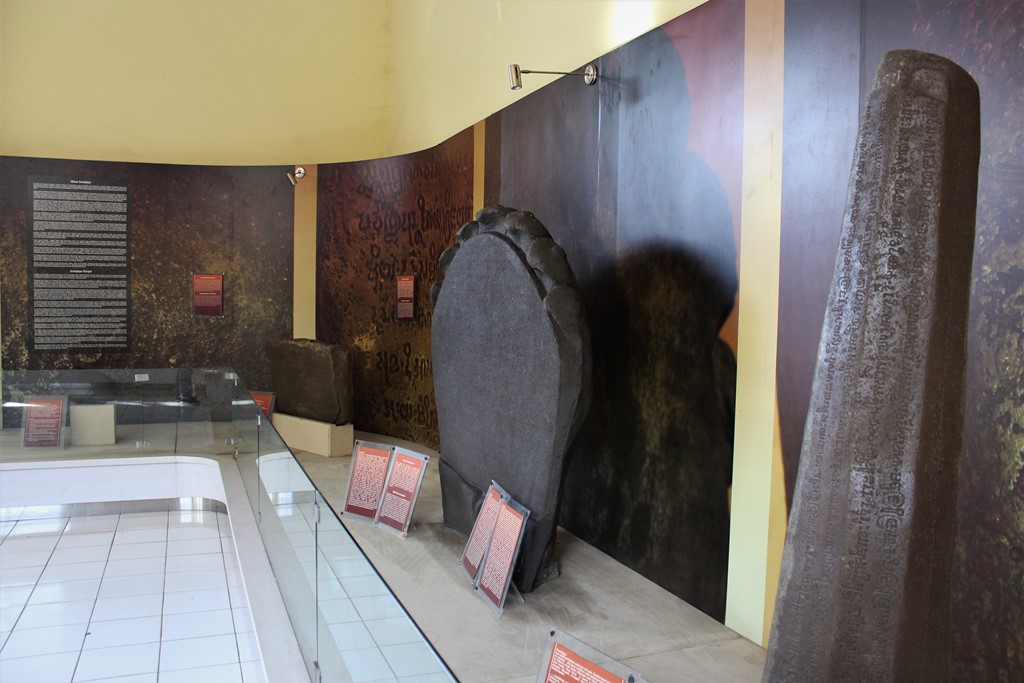
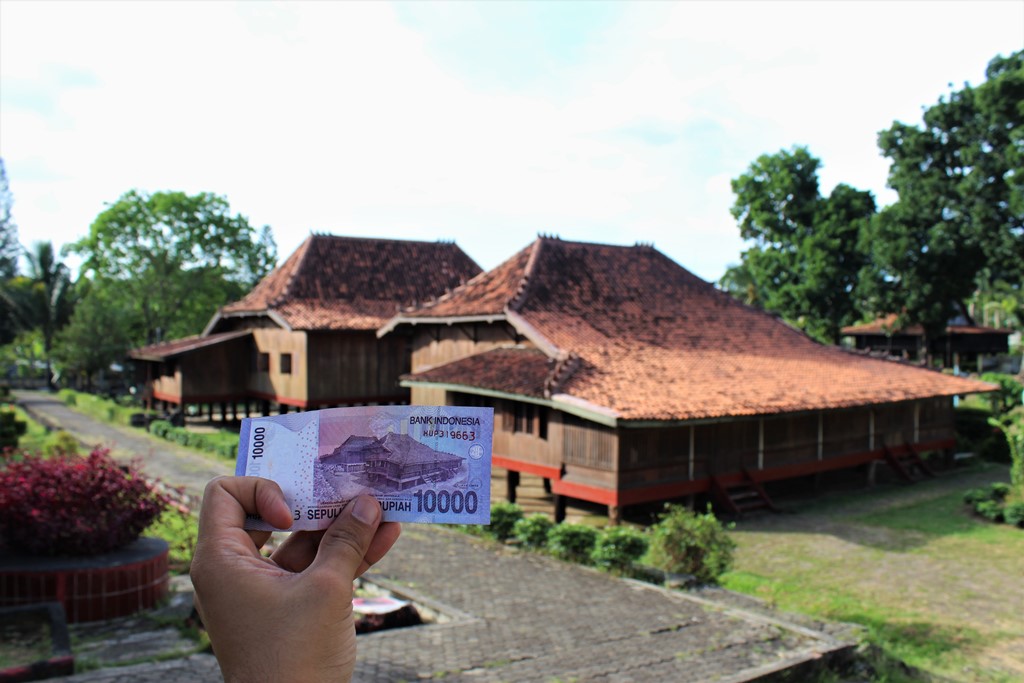
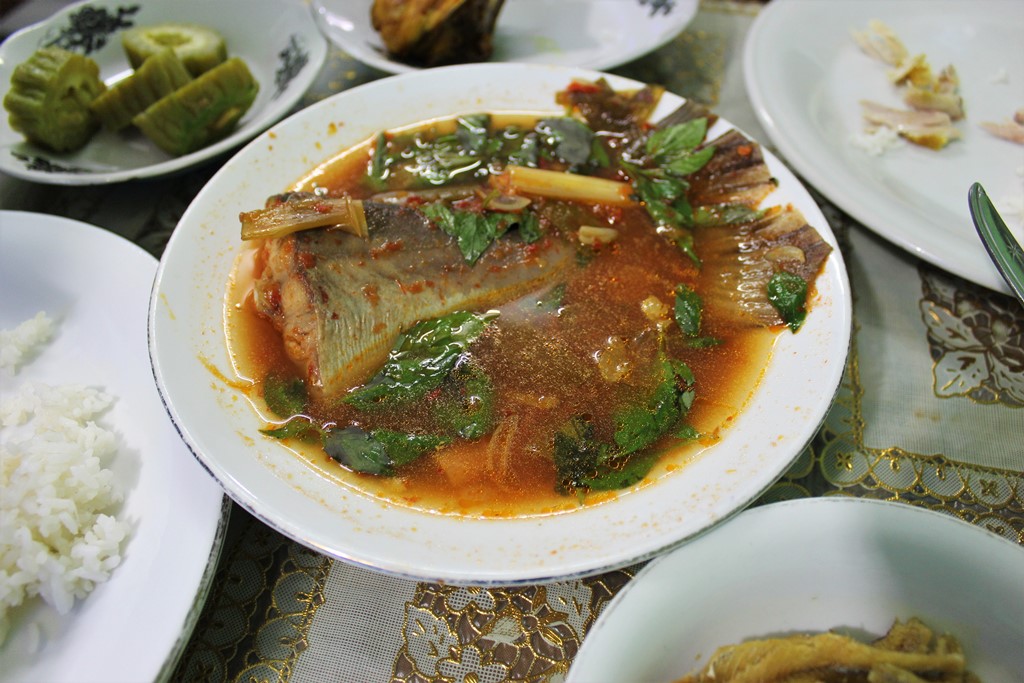
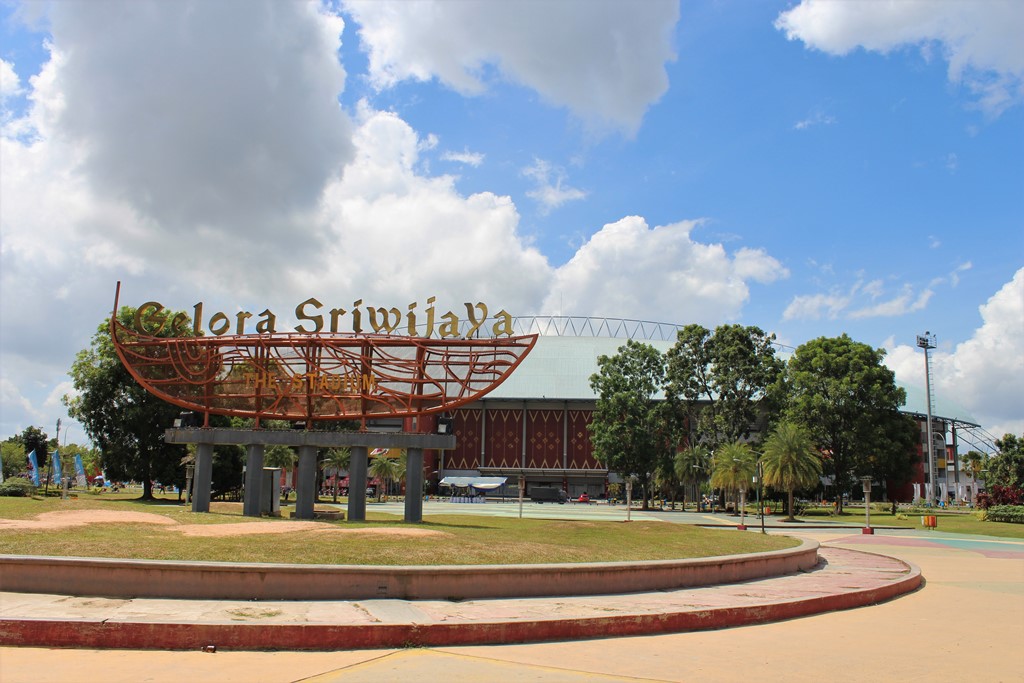
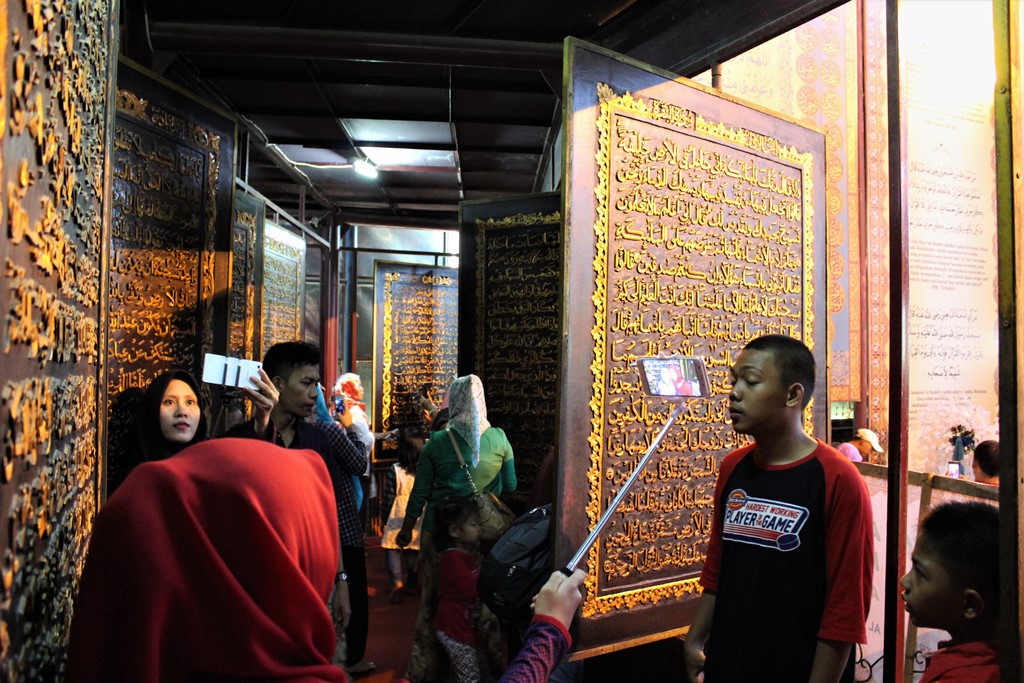
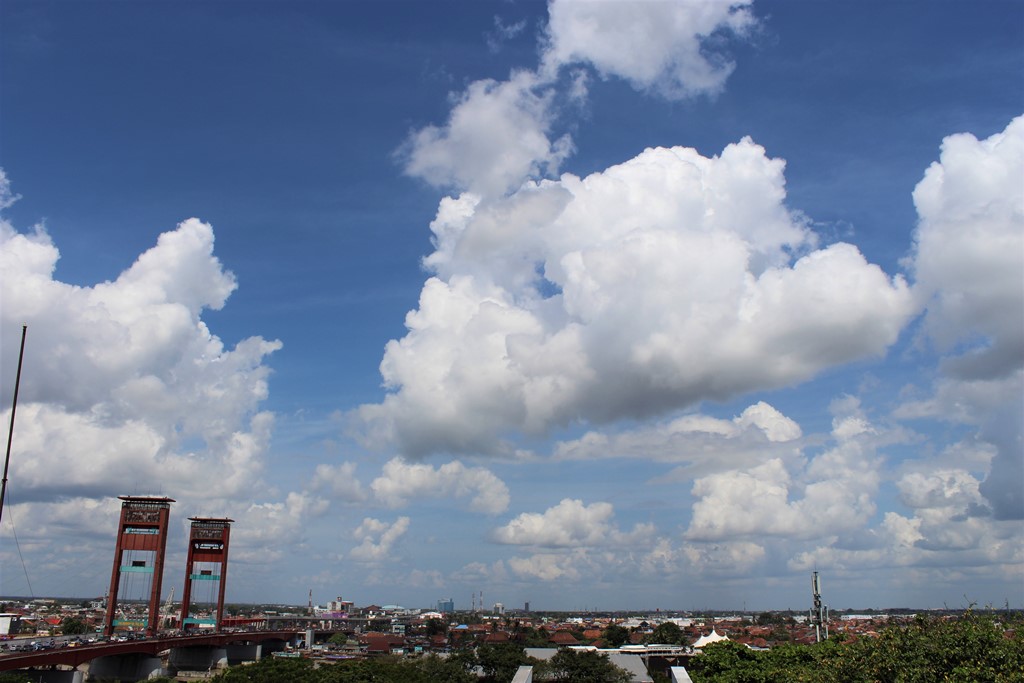

I was surprised when visiting the Grand Mosque for the first time. It doesn’t look like a Malay mosque, it looks like a Javanese sultanate palace in my hometown Yogyakarta. I didn’t browse much information before I visited the city in 2015, so this place came as a little surprise 🙂
Did you visit the lake in Jakabaring Sport Complex? The water is so beautiful with its turquoise color.
I feel Masjid Agung’s architecture is the culmination of Palembang’s cosmopolitan nature – it is open to accepting other cultures and their influence is positively appreciated and assimilated.
Yes, Om brought us around Jakabaring Sport City and we did pass by the gorgeous lake. I bet it will be exciting to witness the watersports being played out during the upcoming Asian Games 2018.
You certainly covered more ground in Palembang than I did when I visited back in 2015. It was a gritty city but quite unexpectedly I ended up enjoying my stay there, with sitting at the banks of the Musi while watching vendors and buskers doing their business on one cloudy afternoon being one of the highlights of the trip. Thanks for writing about Palembang!
My only regret was not being able to visit Bukit Siguntang, so-called birthplace of the Malay Sultanate ancestor, as it was closed for upgrading works (another trip in the future then?). Glad you enjoyed my writing!
Palembang has many historical sites. Nice article
Wish they’d put more into highlighting the former grounds of Srivijaya. Thanks for dropping by!
I was just curious about how foreign people looked at Palembang, and I found your blog and it’s a good one!
Thanks Erni!